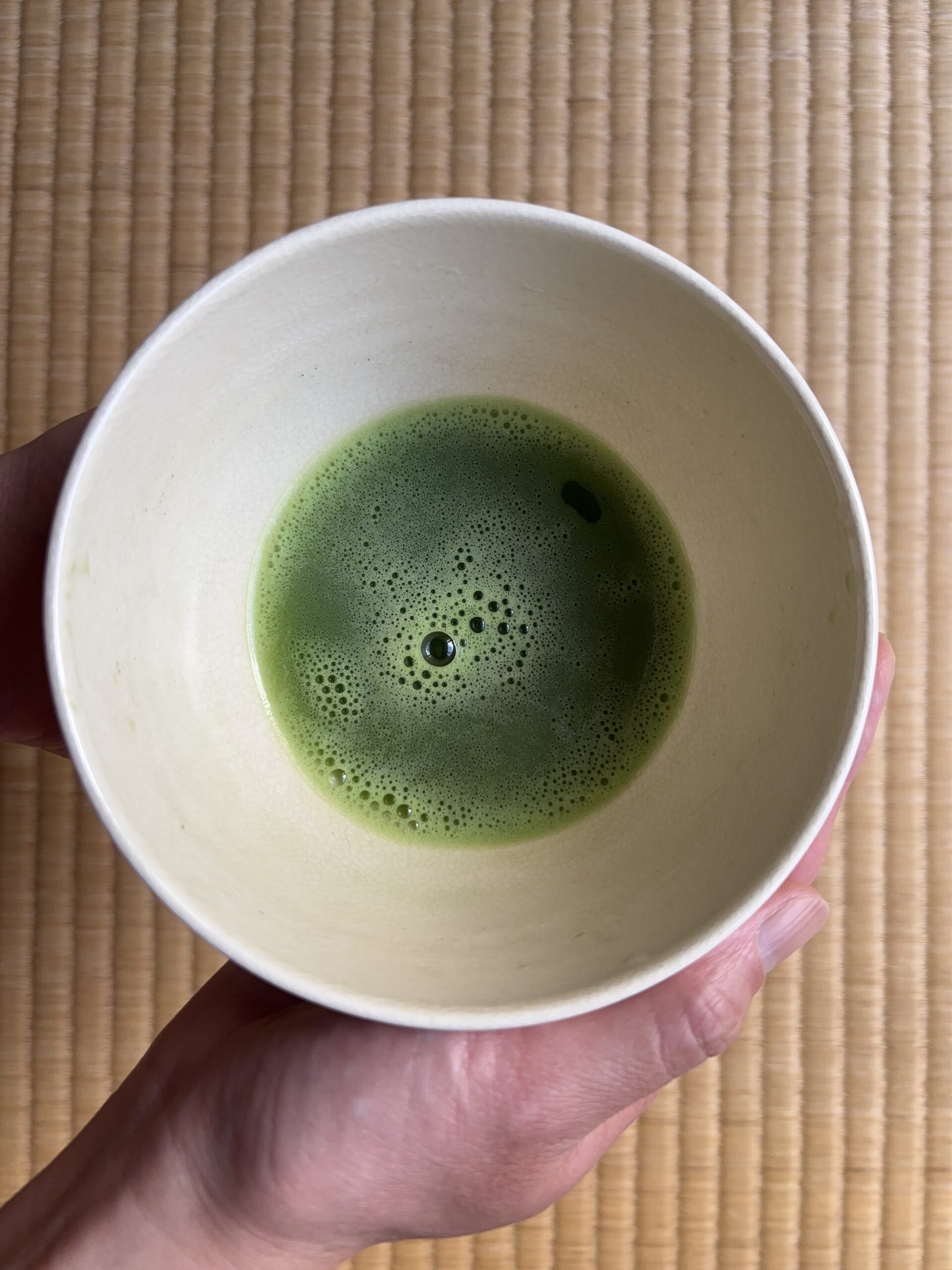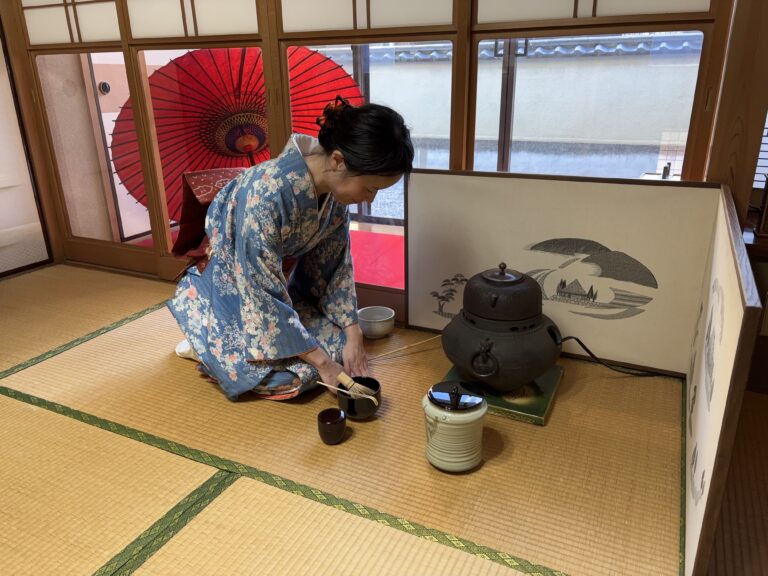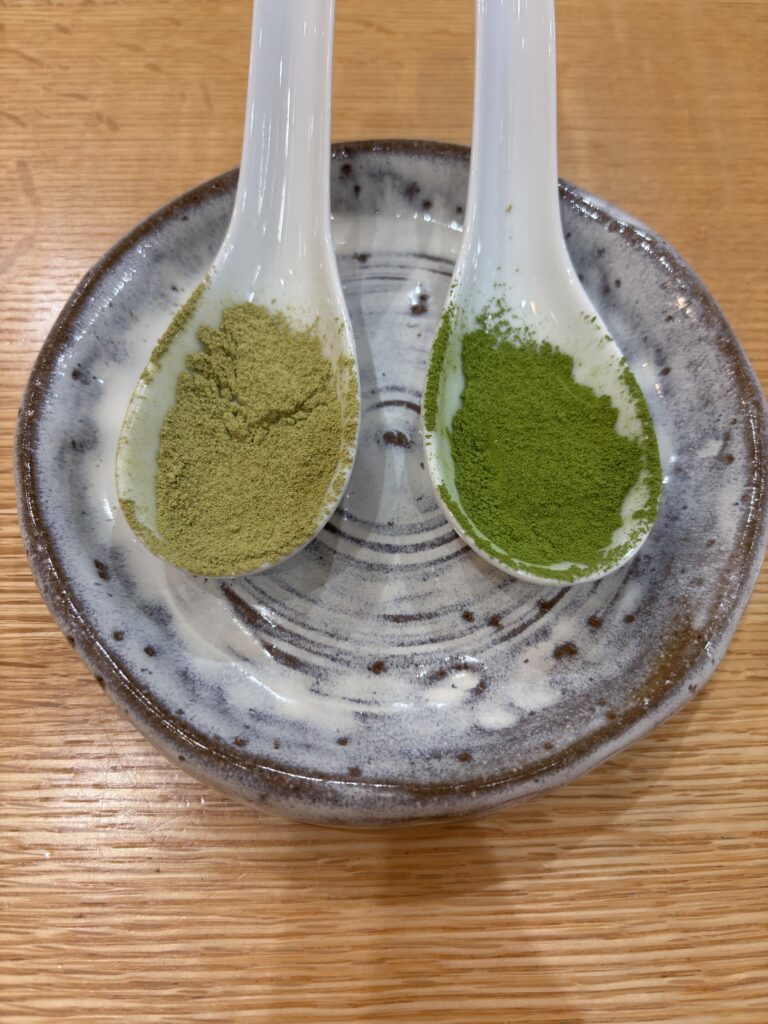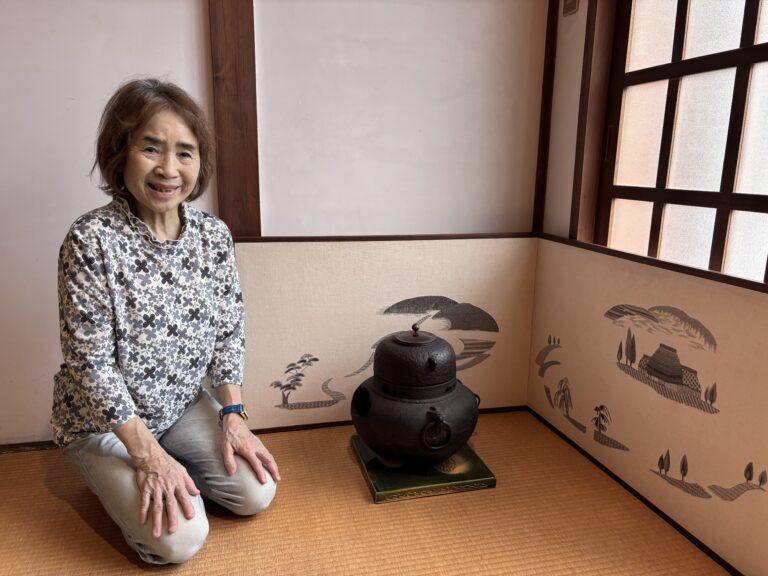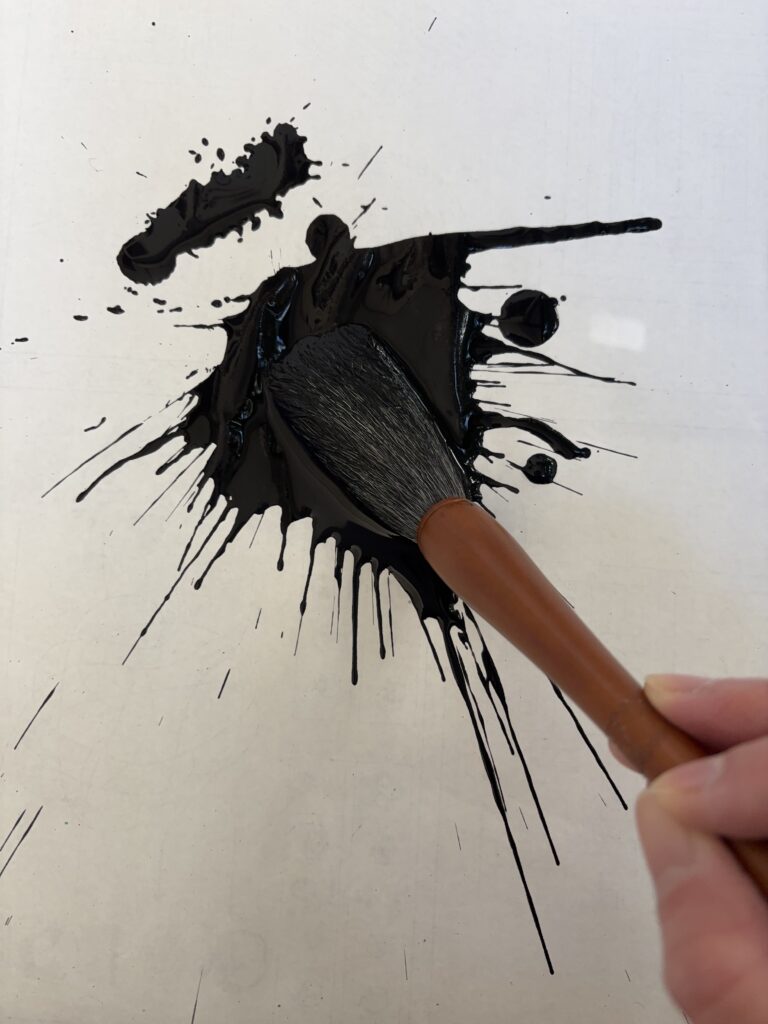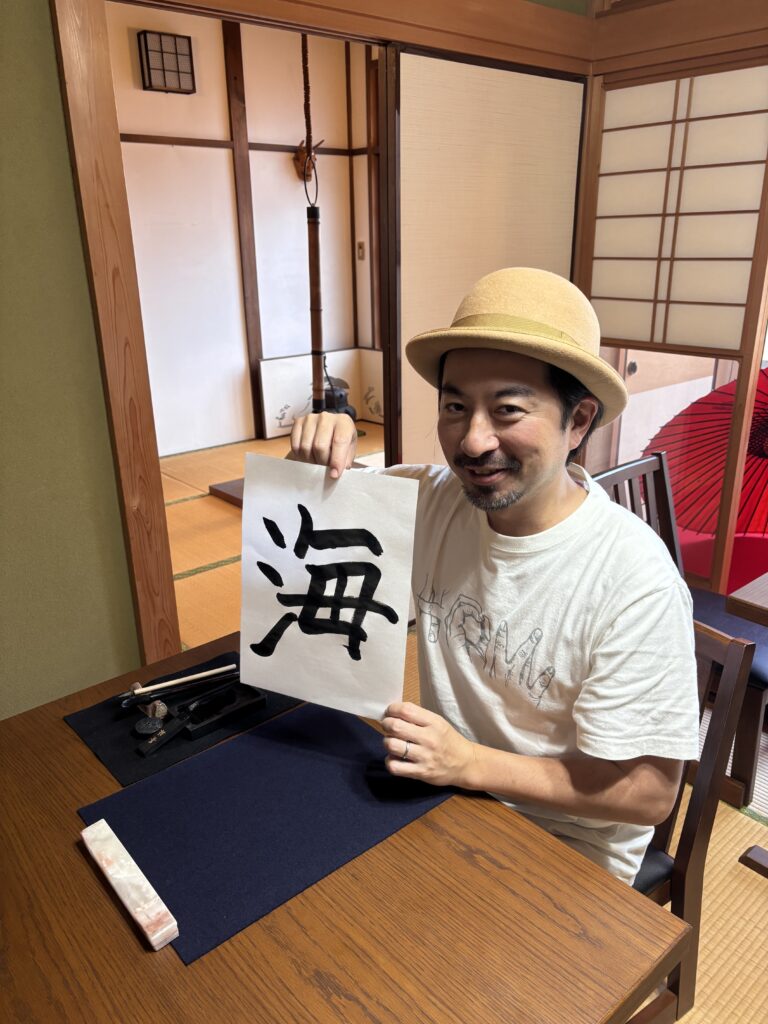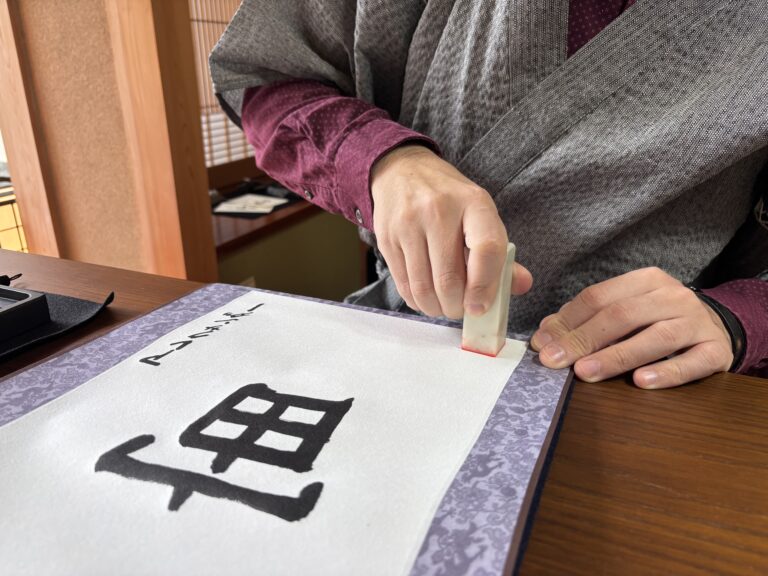Questions about Sado, the Tea Ceremony: Is Matcha Really Delicious?
I’ve been drinking matcha for over a quarter of a century now, and I still find myself thinking, “How wonderfully fragrant and delicious it is.”
But this summer, something made me recall the very first time I tasted matcha. A group of local children, around ten years old, came to visit our salon. About half of them took a sip of matcha and said, “It’s bitter!”—and couldn’t finish it.
When I first began learning the tea ceremony in high school, I also thought, “Matcha is bitter.” After eating a sweet wagashi, we would drink a bowl of matcha prepared with a high-grade tea that could even be used for koicha—a very thick, paste-like form of matcha that you rarely encounter outside of tea ceremony schools. Matcha suitable for koicha is known for its low bitterness and natural sweetness.
I’ve come to believe that the sweetness of matcha is directly related to its quality—and, unfortunately, to its price. In the past year or two, the cost of matcha has risen sharply, making it increasingly difficult to purchase. (That’s a story for another time.) At our salon, however, we continue to use the same grade of matcha I grew up with in high school, now sourced from a tea merchant in Shinjuku.
So, back to the question: Is matcha delicious?
The children this summer, and I as a teenager, both found it bitter. But as I continued to drink it, I began to discover its depth—the gentle sweetness, the aroma, the refreshing aftertaste. Perhaps children’s taste buds are more sensitive, and perhaps matcha truly is just a bitter drink.
Still, when I look at the nutritional data, something interesting appears. Compared to coffee, matcha contains roughly the same amount of caffeine (which gives bitterness) and tannins (which give astringency), but about two to three times more protein. Proteins are made of amino acids—the very components that give food its umami, or savory flavor.
In fact, when protein content is measured in food, it’s calculated from nitrogen content, which means amino acids are also included in that number. So, it may be fair to say that matcha actually contains more of the components that make things taste good than coffee does.
(Incidentally, I used to be entirely a tea person, but in the past ten years I’ve come to enjoy coffee as well. It seems that the taste for certain drinks develops gradually—we learn to love what we become accustomed to.)
Preferences vary, of course, but I believe that once you grow familiar with it, matcha is indeed a delicious drink and becomes more than just a drink — it’s a comfort, a ritual, and a small moment of calm in our busy days.
Note:
Here, I’m talking about pure matcha—without milk or sugar. At our cafe, you can also enjoy our rich, creamy matcha latte made with both.
References:
• Suguni Yakudatsu Shokuhin Seibunhyo (Practical Food Composition Table, 5th edition), supervised by Akiko Sugahara, Ikeda Shoten.
• Matcha data is based on nutritional values per 100g, converted for a 2g serving as tea.
• Coffee data is based on a brew made from 10g of coffee grounds extracted with 150ml of hot water, with nutritional values calculated per 100g of beverage.

